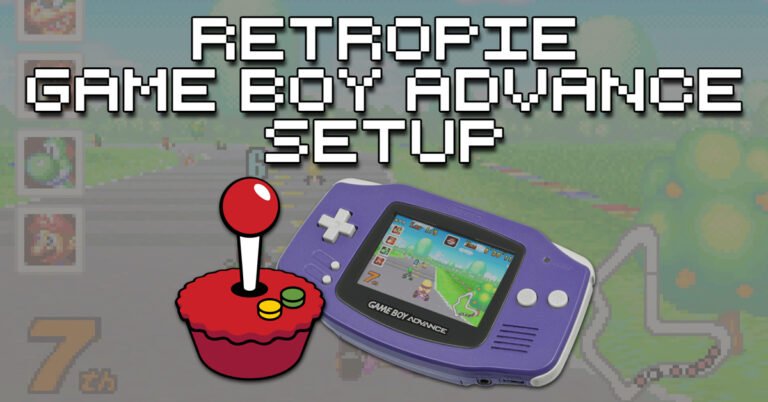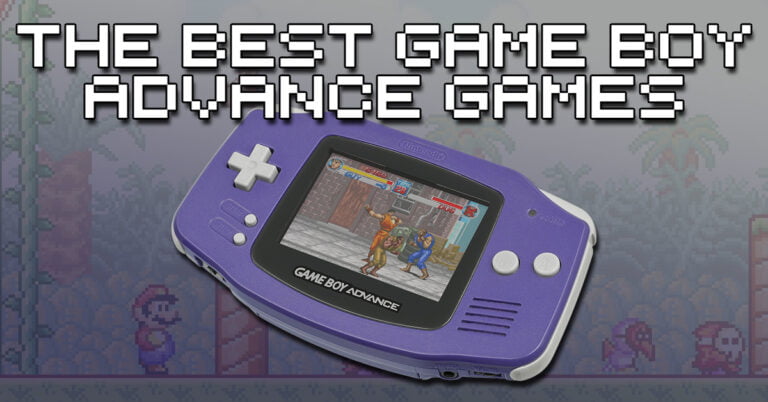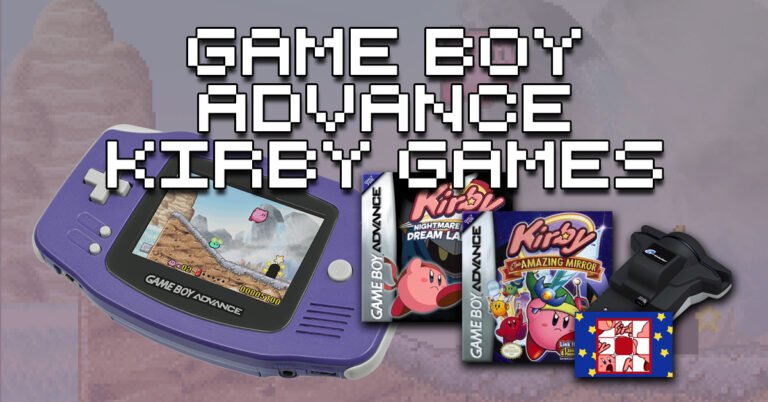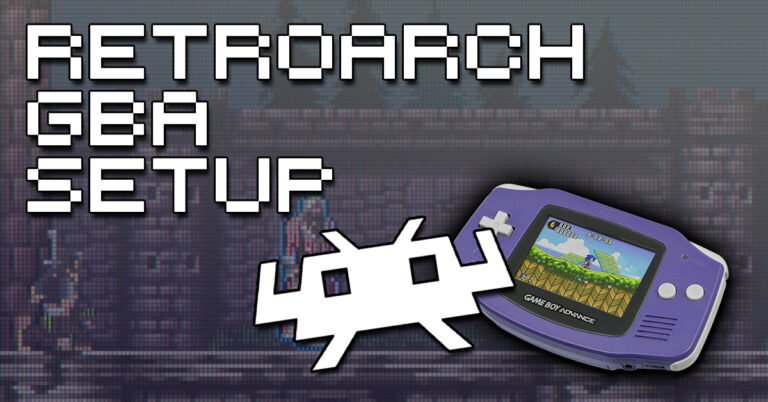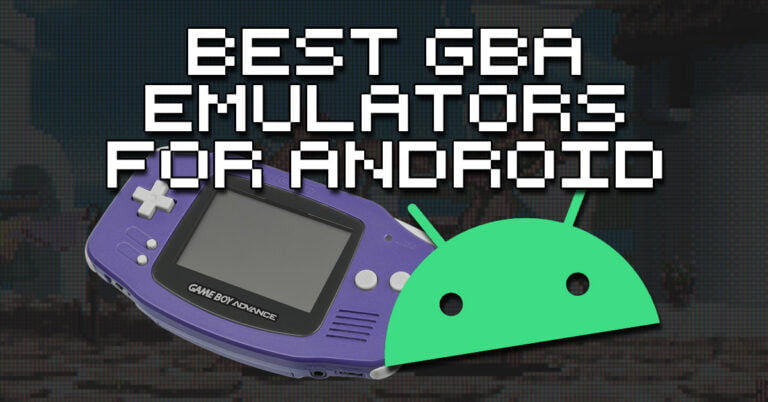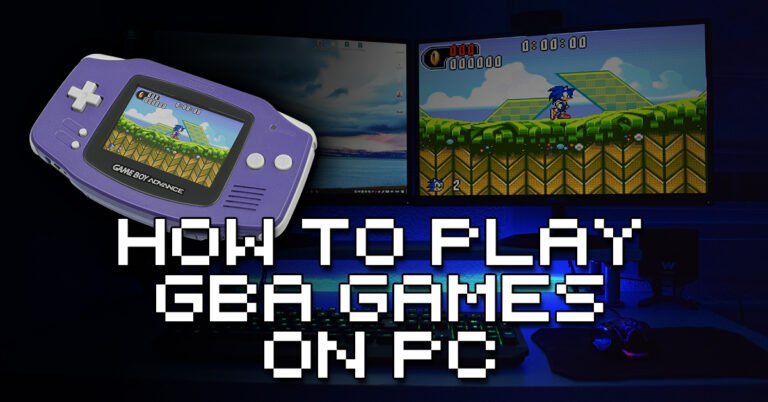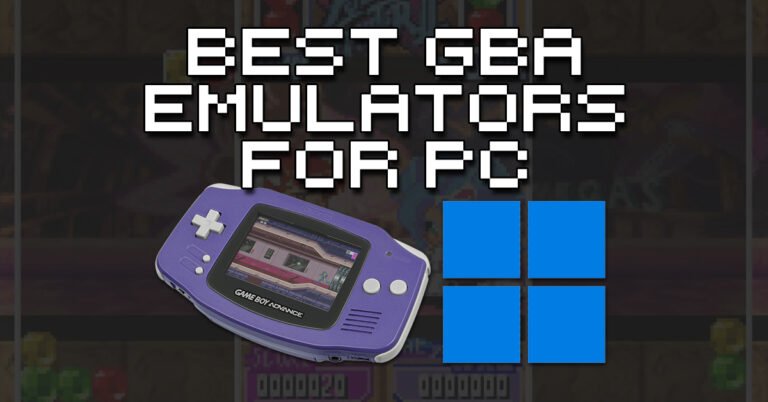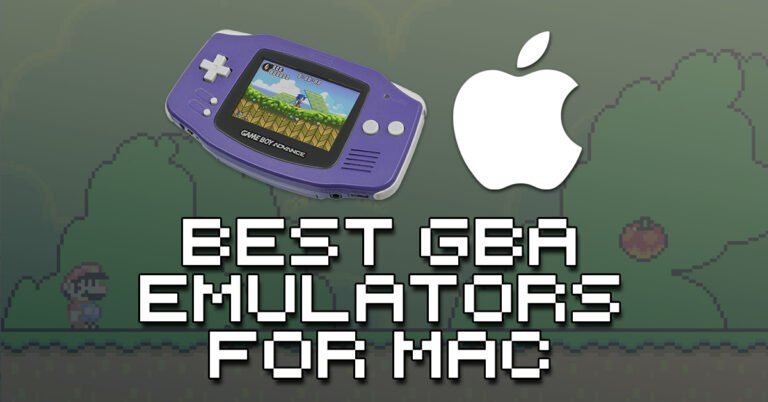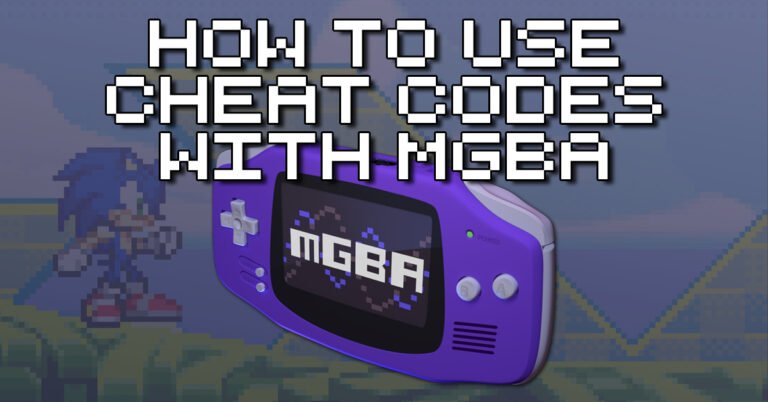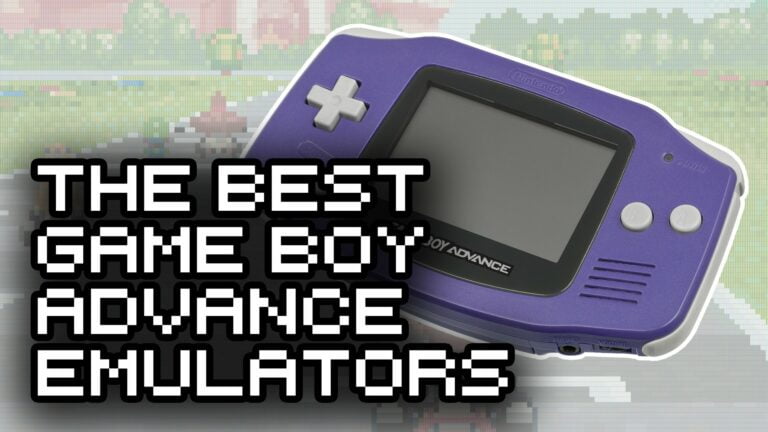Nintendo Game Boy Advance
The Game Boy Advance (GBA), a 32-bit handheld gaming device, represents the culmination of Nintendo’s Game Boy series and stands as the company’s fourth portable system. This innovative device boasts backward compatibility with both Game Boy and Game Boy Color games.
Game Boy Advance Related Articles
About The Nintendo Game Boy Advance
The Game Boy Advance (GBA), a 32-bit handheld gaming device, represents the culmination of Nintendo’s Game Boy series and stands as the company’s fourth portable system. This innovative device boasts backward compatibility with both Game Boy and Game Boy Color games.
As a member of the sixth-generation gaming console family, the GBA’s original model lacked an illuminated screen. However, Nintendo resolved this shortcoming with the 2003 launch of the Game Boy Advance SP, featuring a front-lit screen. Subsequently, in 2005, a further revision of the redesign emerged, boasting a backlit screen. Coinciding with this release, the final redesign, the Game Boy Micro, arrived in September 2005.
Nintendo officially unveiled the Game Boy Advance in September 1999, hinting at an initial release in Japan in August 2000, followed by North American and European debuts by year’s end.
The GBA’s screen resolution of 240×160 marked a significant upgrade from the Game Boy and Game Boy Color’s 160×144 display. However, this larger screen size initially presented challenges; although the increased resolution allowed developers to augment on-screen elements, it remained inferior to the SNES’s 256×224 display utilized in most games.
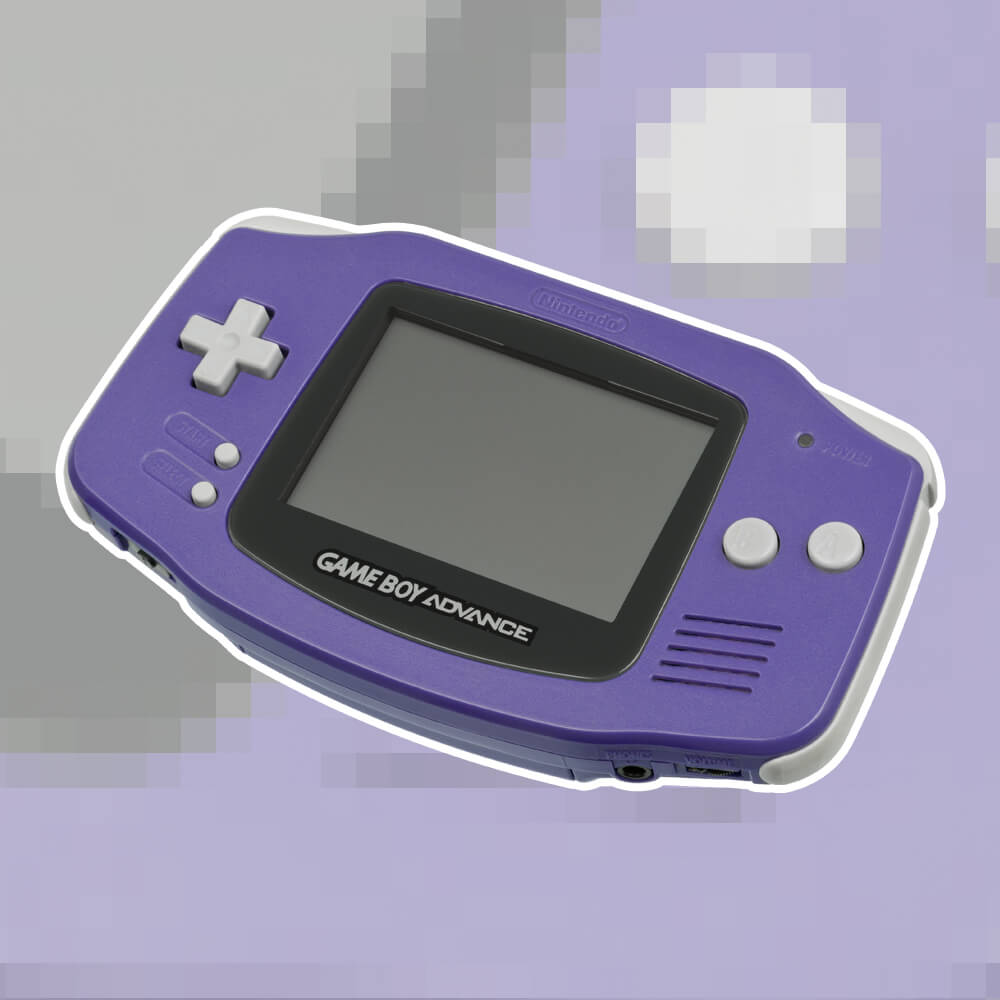
The GBA’s “landscape” orientation and L and R shoulder buttons were new, notable features. Mirroring the Game Boy Color, the GBA maintained full backward compatibility with all official Game Boy games, and certain Game Boy Color games even incorporated GBA enhancements, such as altered palettes and added features.
In essence, the Game Boy Advance functioned as a portable SNES, with 32-bit hardware capable of 3D rendering without supplemental chips. The expanded color palette facilitated more intricate sprite art, prompting Nintendo and other companies to directly port SNES games to the system.
A point of contention for the GBA was its subpar audio quality. Despite the graphical capability and processing specs echoing its 16-bit console counterpart, the Advance’s sound hardware was a glaring exception. Nintendo’s decision to use a hybrid sound chip, rather than replicating the SNES SPC chip, resulted in criticism regarding the quality of sound effects and music, especially for SNES ports.
By June 2010, worldwide sales of the Game Boy Advance series had reached 81.51 million units. Its successor, the Nintendo DS, launched in November 2004.

A lifelong avid gamer and computing enthusiast, Matt has decades of Retro Gaming experience. Now over 40 years old, Matt now even considers himself retro, but fortunately, nobody has developed a Matt emulator (not yet at least!).
